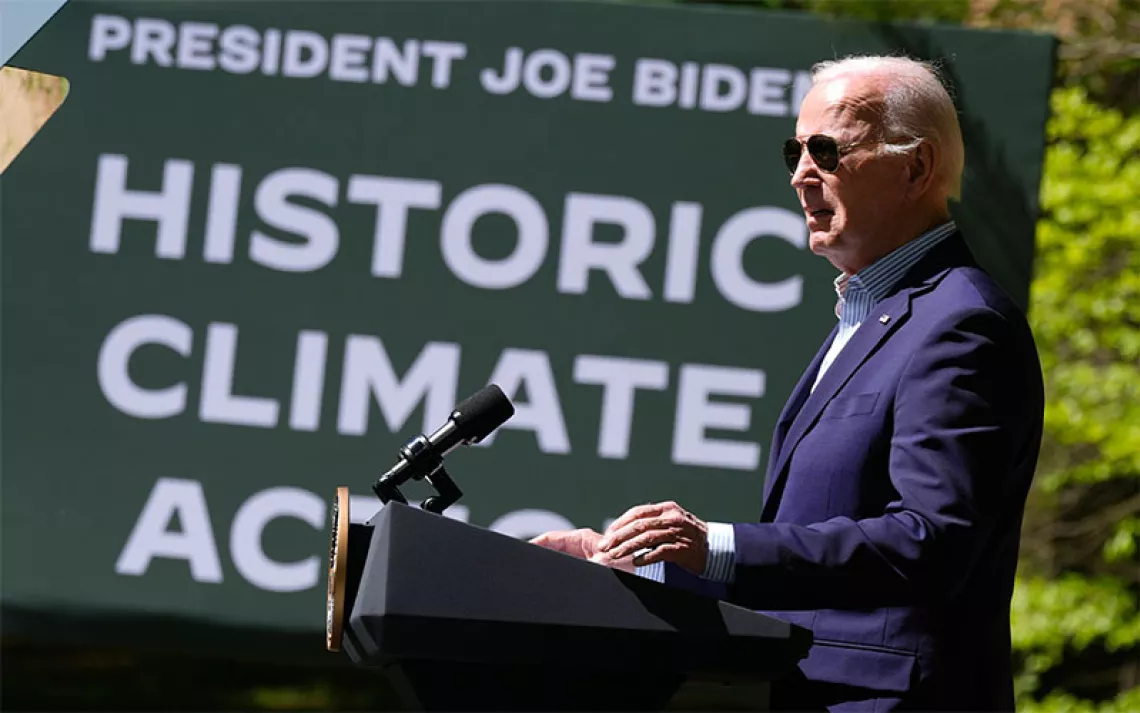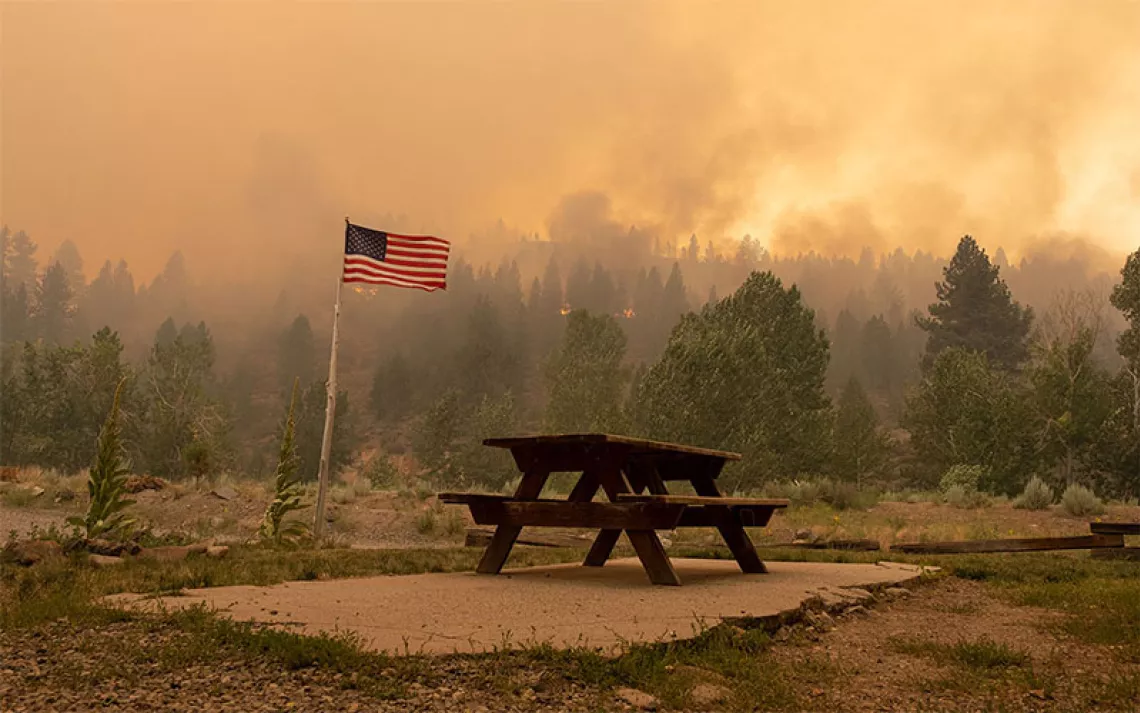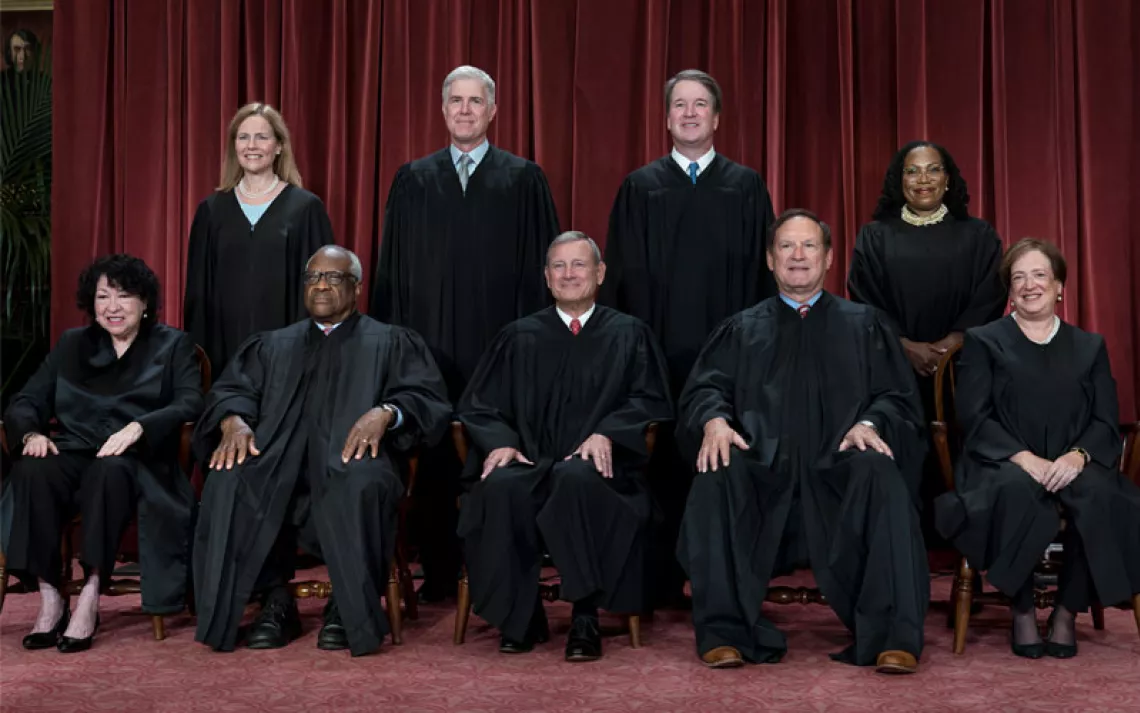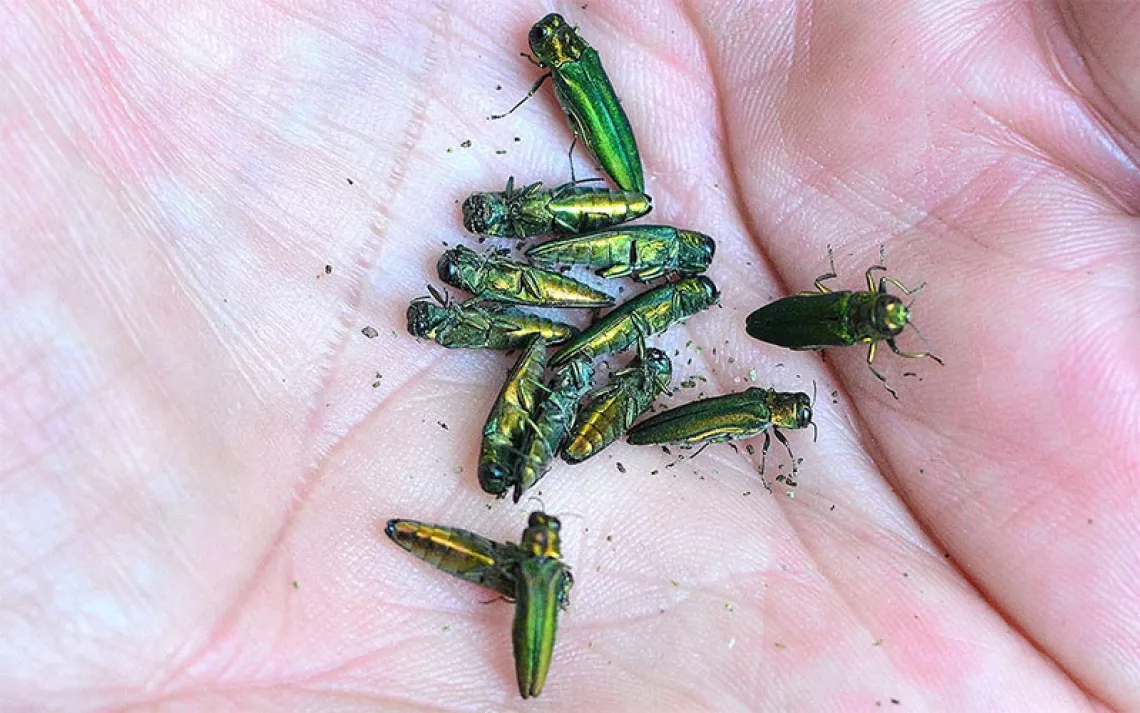Planning for the 100-Year Flood Applies to You Too, Chemical Company
Industry needs to start preparing for climate-change-related disasters

Photo by IStock | Rui Noronha
The Arkema chemical plant in Crosby, Texas, had two explosions early this morning, at least one of which was captured by an NBC camera crew. Several law enforcement officers posted to the area went to the hospital for dizziness, headaches, and eye and throat irritation, though the Harris County Sheriff told reporters that, in his opinion, the smoke from the explosions was "basically like standing over a barbecue pit or something like that, where you get smoke in your eyes."
But Brock Long, administrator for the Federal Emergency Management Agency, told reporters at a separate news conference that the smoke coming from the Arkema plant after an explosion would be “incredibly dangerous." Organic peroxide, which Arkema says is the source of the incident, is a common component in chemical weapons, precisely because it is extremely good at exploding.
Today, the International Business Times reported that Arkema is one of several chemical companies that lobbied heavily to overturn safety rules imposed by the Obama administration that would have required it to substitute safer chemicals, technology, and design practices when possible, and to use third-party auditors to evaluate whether they were actually doing this. Those stricter rules would have taken effect on March 14 of this year but were blocked by EPA administrator Scott Pruitt before they could be implemented.
The Arkema plant is only one of many oil refineries, chemical factories, and fracking operations that have released a rogues gallery of dangerous substances into the air and water near where Tropical Storm Harvey made landfall. Earlier this week, Houston residents who either chose not to leave or weren’t able to evacuate the city reported that the city’s east end had begun to smell kind of gassy. Well, not just kind of. Unbearable petrochemical smell gassy.
ExxonMobil reported that there were chemical leaks at its two Houston refineries. Was that the cause? Hard to say. Before the storm made landfall, Houston’s air quality monitors were taken down and put into storage, to prevent them from being torn apart by the storm.
A report by Politico looked at regulatory filings from oil and gas refineries and found that, by their own estimation, those facilities had released more than 2 million pounds of dangerous chemicals into the air during the last week. Chemical maker Chevron Phillips flared what it estimated to be 766,000 pounds of chemicals before it shut down its Baytown plant in preparation for the storm. Dow Chemical, in Freeport, released a smorgasbord of benzene, propane, ethylene, and toluene after it was struck by lightning. In the case of Kinder Morgan’s Pasadena terminal, water flooded into storage tanks until the chemicals lifted out and simply floated away. Offshore oil and gas platforms in the Gulf were completely abandoned. Old Superfund sites filled with water, dispersing pollutants like dioxin farther into surrounding communities. Latino communities, which tend to be located closer to refineries and other pollution sources than white neighborhoods (even after adjusting for income level), are likely to have disproportionate health risks from the pollution released by Harvey.
For decades now, environmental and public-health watchdog groups have been warning about the risk posed by putting so many of the nation’s refineries and factories in the path of so many of the nation’s hurricanes. The Arkema explosion appears to prove the point: Once the plant was flooded and its refrigeration system failed, an explosion was all but inevitable.
The Gulf Coast is responsible for almost a quarter of petroleum refining in the U.S. and half of the country's chemical manufacturing. It is also clear that the Gulf Coast is going to be seeing many more hurricanes in its future, even if they won’t all be quite as bad as Harvey. We already heard lots of talk about hurricane-proofing major cities like New York, New Orleans, and Houston. Now it’s time to have those same conversations about our chemical infrastructure.
 The Magazine of The Sierra Club
The Magazine of The Sierra Club



